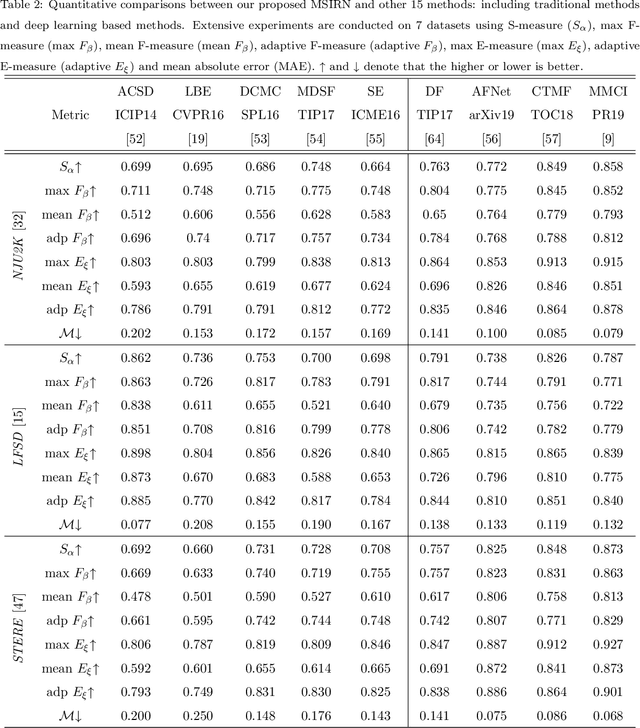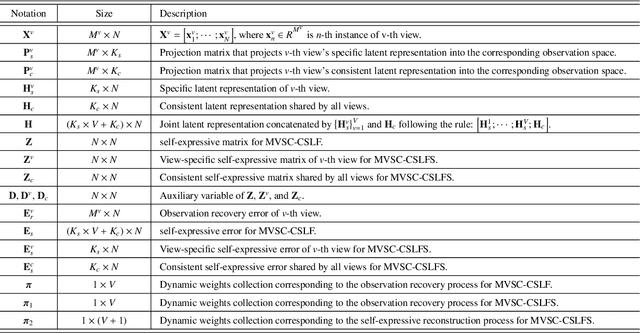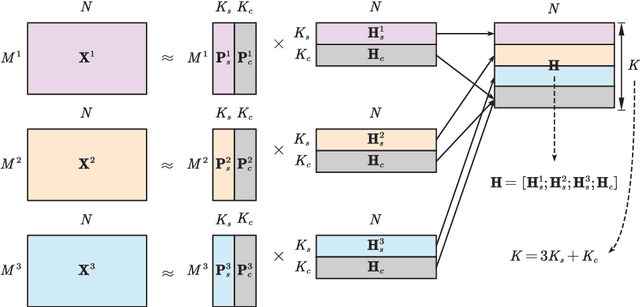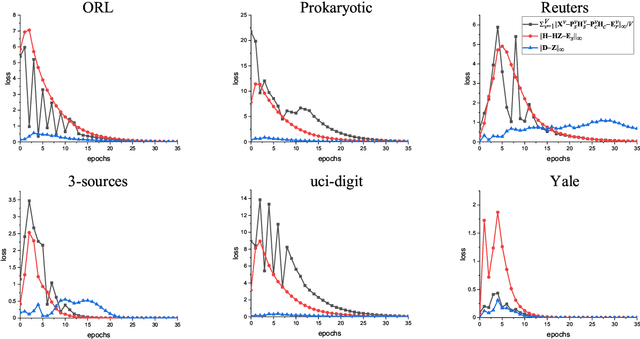Ze-yu Liu
Multi-Scale Iterative Refinement Network for RGB-D Salient Object Detection
Jan 24, 2022



Abstract:The extensive research leveraging RGB-D information has been exploited in salient object detection. However, salient visual cues appear in various scales and resolutions of RGB images due to semantic gaps at different feature levels. Meanwhile, similar salient patterns are available in cross-modal depth images as well as multi-scale versions. Cross-modal fusion and multi-scale refinement are still an open problem in RGB-D salient object detection task. In this paper, we begin by introducing top-down and bottom-up iterative refinement architecture to leverage multi-scale features, and then devise attention based fusion module (ABF) to address on cross-modal correlation. We conduct extensive experiments on seven public datasets. The experimental results show the effectiveness of our devised method
* 40 pages
Partially latent factors based multi-view subspace learning
Jan 06, 2022



Abstract:Multi-view subspace clustering always performs well in high-dimensional data analysis, but is sensitive to the quality of data representation. To this end, a two stage fusion strategy is proposed to embed representation learning into the process of multi-view subspace clustering. This paper first propose a novel matrix factorization method that can separate the coupling consistent and complementary information from observations of multiple views. Based on the obtained latent representations, we further propose two subspace clustering strategies: feature-level fusion and subspace-level hierarchical strategy. Feature-level method concatenates all kinds of latent representations from multiple views, and the original problem therefore degenerates to a single-view subspace clustering process. Subspace-level hierarchical method performs different self-expressive reconstruction processes on the corresponding complementary and consistent latent representations coming from each view, i.e. the prior constraints imposed on different types of subspace representations are related to the appropriate input factors. Finally, extensive experimental results on real-world datasets demonstrate the superiority of our proposed methods by comparing against some state-of-the-art subspace clustering algorithms.
 Add to Chrome
Add to Chrome Add to Firefox
Add to Firefox Add to Edge
Add to Edge